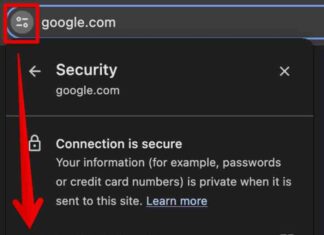QR codes have become increasingly popular in recent years, with 45% of shoppers now using them for marketing-related purposes. These black-and-white symbols are scanned with a smartphone or laser to provide users with information, links, coupons, and more.
One major difference between QR codes and traditional barcodes is that QR codes hold more data and can display information vertically and horizontally. While barcodes are still widely used for product identification, QR codes offer a more interactive and engaging experience for consumers.
Creating a QR code is a simple process that involves accessing a QR code generator online, inserting your URL or desired content, customizing the design if needed, downloading the QR code, and using it for marketing and promotion. There are various QR code generators available, each offering different features and customization options.
When using QR codes, it’s essential to follow best practices such as displaying the code in easily accessible locations, optimizing the destination page for mobile devices, including a clear call-to-action, and ensuring compatibility with various QR code scanning apps.
By signing up for an account on a QR code generator website, you can edit the data contained in the QR code, track performance analytics, and create customized codes. Testing the QR code to ensure it scans correctly and tracking its performance are also crucial steps in a successful QR code marketing campaign.
Overall, QR codes offer a versatile and engaging way to connect with consumers and provide them with valuable information. By following these steps and best practices, you can create effective QR code campaigns that drive engagement and enhance your marketing efforts.























